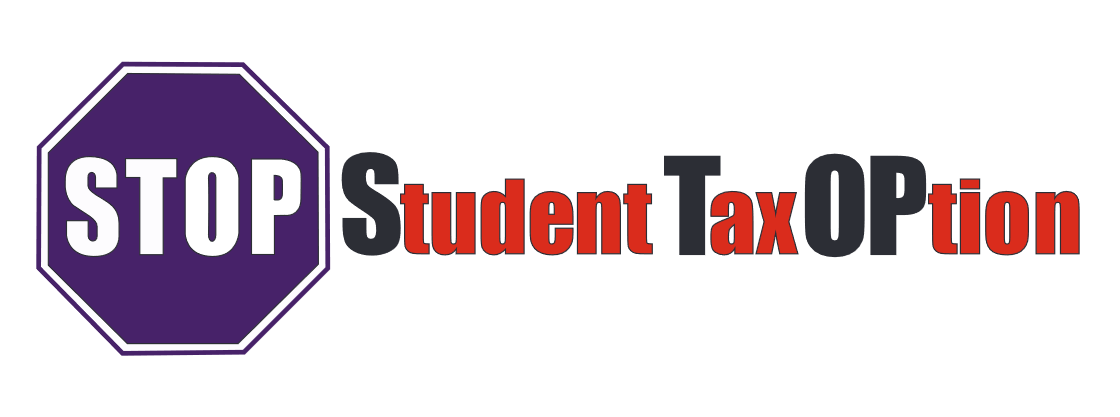There’s a student loan crisis, and it’s not going away soon. While some graduates have the opportunity to repay their loans in full, others have enrolled in income-driven repayment plans.
One additional group of student loan borrowers exists, too. They are college graduates who have fallen behind on their student loan payments. This group is considered to be in default, and they are at risk of a tumbling credit score and limited financial freedom.
When tax season comes around, there is an even greater consequence: the government has the power to take tax refunds from federal student loan borrowers who are consistently delinquent. This is known as a tax offset.
What to expect
The Treasury Offset Program, which was established in 1986, is the creator of this response. Through this program, departments within the federal government can ask the Internal Revenue Service (IRS) to take tax refunds from student loan borrowers in default. The IRS will use this money to repay a debt owed to state or federal governments. The IRS doesn’t need a borrower’s permission. They can direct a refund to the total loan debt if they choose. The difference will be returned to the borrower.
Consider these additional details.
- Filling jointly won’t guard you against a tax offset. Regardless of whether your spouse has student loan debt, the IRS may take the total tax refund. There is a possibility to have your spouse’s part of the refund returned. You will need to file an injured spouse claim form.
- It is possible to have a tax offset every year until your student loan balance has been resolved. A statute of limitations on federal student loans doesn’t exist.
- Check the mail. By law, the IRS must notify you if they plan to take your tax refund and apply it to student loan debt. You will have time to respond. Generally, you can challenge the offset, agree to pay your debt, or do nothing.
Stop the garnishment
Tax garnishments don’t happen to all student loan borrowers. Don’t panic. Student borrowers who are considered to be in default are the group most in danger. Through the William D. Ford Federal Direct Loan Program or the Federal Family Education Loan Program, a borrower is in default if they haven’t made payments for at least 270 days. If you have a loan within the Federal Perkins Loan Program, you could be considered in default if you are one day late on making a payment.
The goal is to avoid being in default. In addition to a tax offset, there are other consequences to not paying your student loans.
- Damage to your credit score
- Ineligibility for federal aid
- Court costs and collection fees
- Wage garnishment
- Ineligibility for deferment or forbearance
- Payment due in full through “acceleration”
- Withholding of your college transcript
Avoid being in default
If you’re consistently missing payments, you’re in danger of being in default. Consider these three options:
Consolidate your loans
One option is to consolidate your federal loan into a Direct Consolidation Loan. It is important to note that before you consolidate a defaulted loan, there is an extra step. You will either agree to an income-driven repayment plan or make three consecutive — and on-time — monthly payments.
You must agree to one of these options to consolidate your loans. Also, if your wages are being garnished, you must have your garnishment lifted before consolidating.
Enroll in loan rehabilitation
With this option, you make arrangements with your loan holder. As part of this agreement, you are responsible for paying nine consecutive on-time payments. You will need to provide details on your income to your loan holder; 15% of your discretionary income will be for your monthly payments.
Once you successfully make nine consecutive payments on time, your default status will
be lifted. You will avoid tax garnishment. This also means that you will regain eligibility for deferment, forbearance, or other benefits. Lastly, the rehabilitation status will be removed from your credit report.
Pay it all back
This may seem out of reach for many, but paying your loan back in full is the fastest way
to exit default status. If it seems unreasonable for your current financial situation, consider asking a trusted family member who may be willing to provide the money as a loan. This may not feel the best, as it seems like you’re moving from one lender to another.
The thought of having your tax refund taken away without your permission can seem overwhelming. This is especially true if you’re struggling with missed payments. Start by assessing the current state of your loans and consider these options on how to avoid default or change your status. Getting out of default status is one of the first steps to getting back on track with student loan debt.

